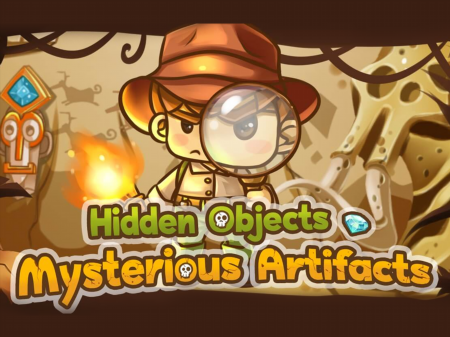The Point and Click genre is one of the oldest in the gaming industry. Since computer systems were equipped with mouse capability, this kind of game has been accessible. Point-and-click games are games played by pointing the computer mouse cursor over an object or area and then clicking on it to perform an action or reveal what is hidden.
The possibilities of Point and Click games are endless. The player clicks with the mouse to move their character, interact with NPCs, often initiating dialogue with them, examine objects in the game settings, or through their character's inventory of objects. The player must utilize cues from the game's graphics, descriptions of various things, and speech from other characters to figure this out. These games frequently revolve around gathering stuff for a character's inventory and choosing the appropriate time to use that item. Features in Point And Click games:
- Object matching;
- Construction or destruction of blocks;
- Puzzle-solving;
- Search for items for fun;
- Nonogram game by numbers or colors.
In this genre, gamers only use pointing devices to move characters or solve puzzles. The focus of point-and-click games is often on excellent puzzle-solving and leisurely narration as opposed to intense action scenes. Some of the best gaming stories ever made are in this genre. While there are some nifty modern games, the genre is largely popular with older games that are still played today.
What are the features of such games?
- The first sign is the presence of clear quest objectives. If you're wandering around the game not knowing what to do, that's definitely a failing for the development team. The player must always keep short-term and long-term goals in mind to roughly understand at what stage of the story they are and what can happen in the end. It is important to give the characters motivation.
- The second sign of a good game is the indication of the name of the locations and the provision of a clear map. After all, the player won't be able to create a path to the following objective if they don't know where it is in the game's universe. Even the tiniest participants will benefit from a clear map for spatial orientation. It will also benefit players who have recently returned to the game after a long absence.
- The third sign is the provision of clear clues to help the player solve the next puzzle. Some people think that the quest player should guess how to get through this or that room without being prompted. However, the creators' imaginations often operate in such bizarre ways that they have no idea how to proceed with this section. Therefore, good game designers place clear hints throughout the game. These hints may be implicit, encoded in poems, or written in the corner of another object, but they must exist.
- The fourth sign is a demonstration of successfully choosing the right path and issuing a warning if the player went the wrong way. Agreed, you will lose interest in playing if you are unsure whether the plot is progressing ahead or whether you are locked in another dead end. Therefore, developers should give feedback — highlight successful solutions and signal when the solution is completely wrong. Aerobatics — after the wrong actions of the player, give them a hint for the right decision.
All of this characterizes the category of Point and Click games. In addition, these games will make you practice your accuracy because, unlike many other online games, they require only one or a very limited number of clicks, which must be very accurate or very timely. These games don't have many significant characters involved or made as protagonists.

